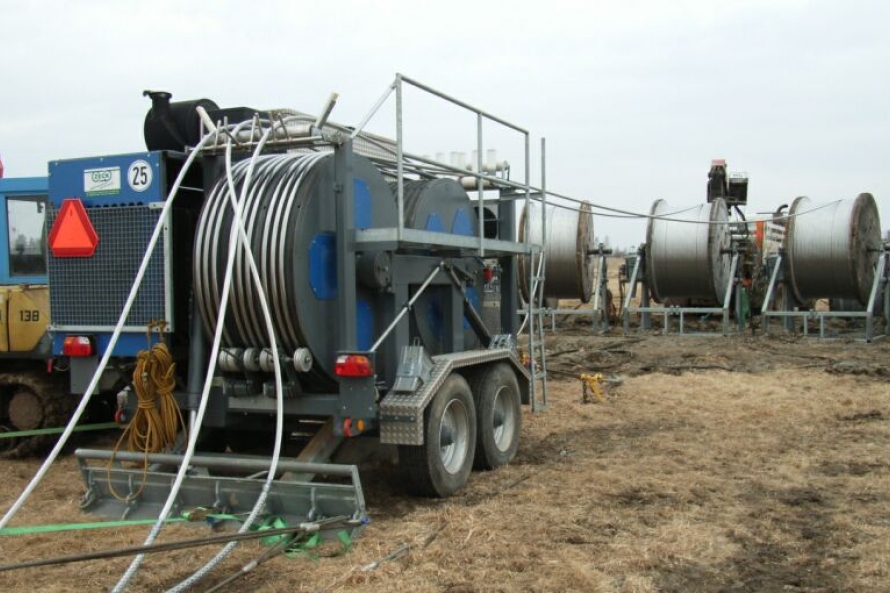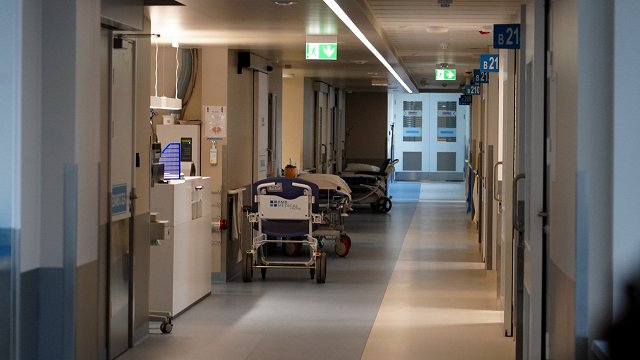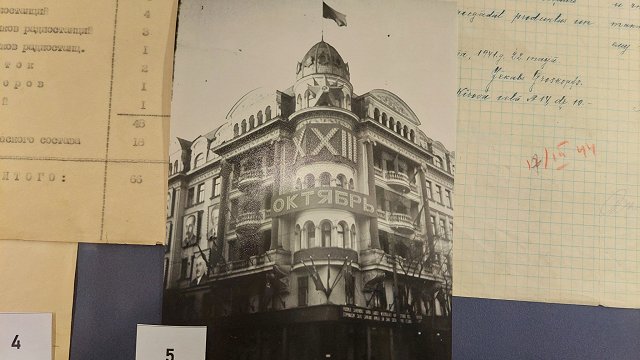The ‘Kurzeme arc’ segment of the high-voltage power line linking Grobiņa to Ventspils in Kurzeme region was launched Wednesday, bringing Latvia’s electricity distribution system one step closer to full integration with Europe’s existing energy grids, reported LETA.
State officials attending the opening event marking the launch of the Kurzeme arc in Ventspils concurred it was a significant move forward for the electricity market, both locally and for regions beyond.
“We have a common market, free flow of goods and people in Europe, yet our energy market is in fact isolated – that applies both to electrical energy as well as especially to gas,” said Economics minister Vjačeslavs Dombrovskis.
“This is an important step in ending our isolation. It will also help create links to Lithuania and Sweden. These steps are not just symbolic, they are practical. First of all, we gain access to relatively inexpensive Scandinavian energy resources. The Kurzeme arc will ensure greater capacity for the province, at least for coastal areas, which will hopefully encourage industrial development here,” he predicted.
Public Utilities Commission (SPRK) board member Rolands Irklis explained that the Kurzeme arc is just part of a greater project that will allow consumers to receive the cheapest possible electricity from Scandinavian countries. Secondly, the project should be of interest to manufacturers wishing to develop business in the region. Lastly, the project greatly improves energy security, Irklis said.
“We can draw parallels with the Baltic Way. It’s significant that the opening of the Kurzeme arc coincides with the 25th anniversary of the Baltic Way, as it is a sort of continuation that will allow the free flow of electrical power between our countries,” he said.
Inna Šteinbuka, head of the European Commission (EC) representation in Latvia, agreed with the comparison, calling it “the opening of a road closer to Scandinavia, our Baltic neighbors and the rest of Europe.”
Ventspils mayor Aivars Lembergs also praised the project, saying that improvements in energy security along the storm-prone Baltic coast are difficult to overestimate. “In January 2005 Ventspils almost lost all power, though we are well-equipped with four power lines. This new 330-kilovolt line is of course a big event, and doubtless, if we weren’t in the EU, I don’t believe it would ever have been built,” said the otherwise frequently Euroskeptic city leader.
The line stretches 117 kilometers from the inland Liepāja suburb of Grobiņa north to Ventspils, including 1100 kilometers of cable linked by 376 posts. The work took about two years to complete by up to about 250 employees at any given time. It was the first time aviation equipment was used to erect electrical constructions, as a helicopter was deployed to erect posts near Grobiņa.
Guntis Stafeckis of state joint-stock company Latvijas elektriskie tīkli (Latvian Electric Grid) explained this is just a connecting link, only one-third of the 330-kilometer long full line of the Kurzeme arc. The last stretch from Ventspils to the Riga neighborhood of Imanta will guarantee electricity supplies for all of Kurzeme province, he told LTV news program Dienas Ziņas Wednesday.
The cost of the first two phases of the Kurzeme arc has already reached €98.5m. The first phase connected Riga’s thermal power generating station with the Imanta sub-station. The third and final phase is set for completion by the end of 2018. The finished grid will also allow for bringing new wind-power stations online, which the current system is unable to accommodate.























